Thousands of tourists visit the historic site where aviation began to pay homage to the Wright Brothers.
Many of these visitors, including immigrants like myself, may never have come to this land or made it their home if not for the brothers' dream, which made the impossible possible, says Rediff.com US Contributor Abhijit J Masih.

As I stood beside a granite boulder marking the spot where the first plane left the ground on December 17, 1903, I couldn't help but marvel at the improbability of my presence there.
From a small town in Bihar to Kill Devil Hills, North Carolina, the journey felt surreal.
This site, inside the Wright Brothers National Memorial, includes four smaller stone markers, each commemorating one of the four flights made by Orville and Wilbur Wright on that historic day.
This stretch of land testifies to the steadfast aspirations of two visionary brothers who altered the course of human progress 120 years ago.

In the early 20th century, Wilbur and Orville Wright, driven by an insatiable curiousity and an unwavering belief in the possibilities of flight, embarked on a quest that would redefine human achievement.
These brothers from Dayton, Iowa, spent months searching for a suitable location to test their prototype flyer.
They needed a place that was sparsely populated, had a soft surface, and offered decent wind conditions.
Their ideal requirements led them to write letters to officials and locals across the nation.
Bill Tate from Kitty Hawk, North Carolina, responded, telling them about Kill Devil Hills, just four miles away.

Arriving in Kitty Hawk in September 1900, the Wright brothers began assembling their glider and conducted their first of thousands of flights.
On a cold, windy day on December 17, 1903, pressed by their father to return home to Dayton for Christmas, the brothers decided to give it one more shot.
Their first attempt -- indeed, their fourth and final attempt -- resulted in a 12-second flight that covered 120 feet. Though not far by modern standards, it was a world-changing achievement.

Today, thousands of tourists visit this historic site where aviation began to pay homage to the Wright Brothers.
Many of these visitors, including immigrants like myself, may never have come to this land or made it their home if not for the brothers' dream, which made the impossible possible.

The visitor centre at the Wright Brothers Memorial is a great place to start.
It offers a comprehensive history of the brothers and their family, detailing their journey to Kill Devil Hills and the events leading up to their first flight.
The centre also houses a full-size working replica of the 1903 Flyer.

Fate led the Wright Brothers to the windswept shores of Kill Devil Hills. Here, amidst shifting sands and salty breezes, they found the perfect conditions for their experimental pursuits.
The vast expanse of beach and proximity to the ocean provided the ideal setting for their aerial ambitions.

What to Expect:
Visitor Centre: It houses detailed exhibits, interactive displays, and a full-scale replica of the 1903 Wright Flyer. The knowledgeable staff and informative presentations provide a comprehensive overview of the Wright Brothers' journey.
Monument and Memorial: The highlight of the site is the towering granite monument perched atop Big Kill Devil Hill. The summit rewards you with breathtaking panoramic views of the Outer Banks.
First Flight Boulder and Markers: Walk the path of history to the exact location where the first flights took place. Four granite boulders mark the takeoff and landing spots of the historic flights.
Reconstructed Camp Buildings: Explore the reconstructed living quarters and hangar used by the Wright Brothers during their time in Kill Devil Hills.
When to visit: The Wright Brothers National Memorial is open year-round, but the best times to visit are in the spring and fall when the weather is mild.

Feature Presentation: Rajesh Alva/Rediff.com


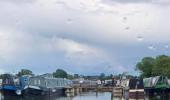
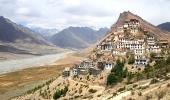
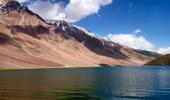




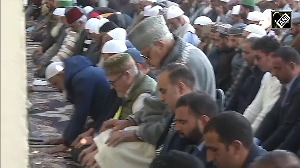
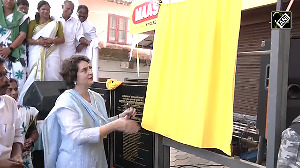
 © 2025
© 2025